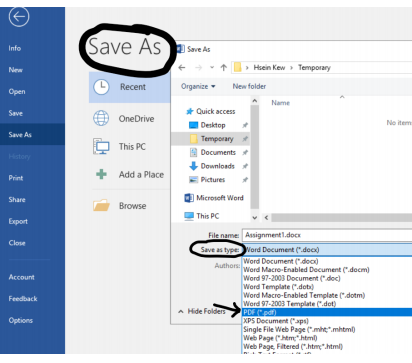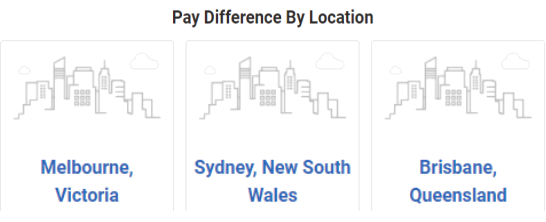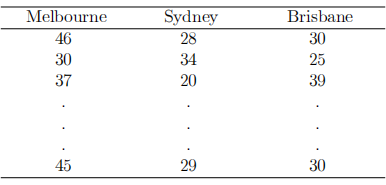ETF2121 - ETF5912 Data Analysis in Business
Hello, dear friend, you can consult us at any time if you have any questions, add WeChat: daixieit
ETF2121 - ETF5912 Data Analysis in Business
Semester 2, 2021
Assignment 1
This is an individual assignment worth 10%. You can submit your assignment early if you wish. Unless otherwise specified, feel free to report any decimal places you like when presenting your answers. Please include EViews outputs in your answers.
You are required to complete your answers in a Word document and then upload your completed file in PDF through Moodle submission. Your assignment can be either (i) entirely handwritten or (ii) entirely typed or (iii) a mixture of handwritten and typed answers. You may take photos of handwritten answers and paste them on a Word document.
If you prefer not to use Microsoft Word, feel free to try using apps such as Camscanner (available on iPhones and Android phones) to convert photos of your handwritten answers directly into PDF. This app can combine multiple pages into one PDF document.
You can access Microsoft Word via the MoVE website https://move.monash.edu/Please save your Word document as PDF with its file name as your name and student ID.

Special Consideration
If you are experiencing interferences with your studies that are outside of your control (e.g. illness, carer responsibilities), you may be eligible for special consideration. You can request a short extension of up to five calendar days by contacting Kew (Chief Examiner) via the following email: [email protected]
Answer Preparation Tip:
It is very simple to copy output from EViews and paste it directly into a Word document for writing up your assignment answers. To copy the EViews output, on your computer keyboard you press PrtScn. Or you can use "snipping tool" to capture screenshots on your Windows 10 - see this website: https://support.microsoft.com/en-au/help/4027213/windows-10-open-snipping-tool-and-take-a-screenshot. Or you can take "screenshot" on your Mac - see this website: https://support.apple.com/en-au/HT201361.
Question 1 (5 marks)
Historically males have had better access to well-paying jobs than females. Thus males on average earn more than females. However, changes in social norms and legislation banning discrimination on the basis of gender have led to an equal role for men and women in the modern workplace - at least in theory.

A random sample of 750 full-time male workers and 750 full-time female workers aged 20-60 were surveyed. Each was asked to provide their hourly wages. The data set is stored in the EViews workfile gender_wages.wf1. The EViews workfile includes the following variables: "male_wage" (males hourly wages in dollars) and "female_wage" (females hourly wages in dollars).
Assume that the distributions of hourly wages for both males and females are normal.
(a) Can we conclude at the 5% significance level that the mean hourly wage of all male workers in the country is less than $30:00? Do the six steps of the test. (1 mark)
(b) Let σ1 denote the population standard deviation of hourly wages for male workers and σ2 denote the population standard deviation of hourly wages for female workers. Assume that the population standard deviations are known with σ1 = 15 and σ2 = 12: Can we conclude at the 5% significance level that males are paid higher, on average, than females? Do the six steps of the test. (2 marks)
(c) Suppose now that the population standard deviations are unknown and that the unknown population standard deviations are the same for males and females. Can we conclude at the 5% significance level that males are paid higher, on average, than females? Do the six steps of the test. (2 marks).
Question 2 (5 marks)
It seems logical that the starting salaries of new accounting graduates would differ in different cities of Australia. This is because there may be a different cost of living in different cities.

A random selection of accounting firms is taken from three cities (Melbourne, Sydney and Brisbane), and each firm is asked to specify the starting salary for a new accounting graduate who is going to work in auditing. For each city, we choose 50 firms at random. The data set is stored in the EViews workfile cities_salaries.wf1. The EViews workfile includes the following variables: "melbourne", "sydney" and "brisbane".
Some data appear below and the data are recorded in thousands of dollars (eg. 46 = $46,000).

(a) Assuming that the unknown population variances are equal and the data are normally distributed, can we conclude at the 5% significance level that there are differences in starting salaries among the three cities? Do the six steps of the test. (2.5 marks)
(b) Assuming that the unknown population variances are equal and the data are NOT normally distributed, can we conclude at the 5% significance level that there are differences in starting salaries among the three cities? Do the six steps of the test. (2.5 marks)
2021-09-03